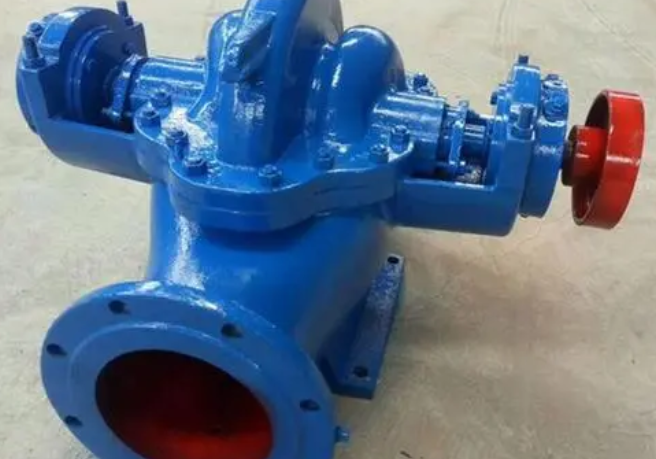Is it necessary to exhaust the multistage pump before starting?
Multistage pumps do need to be vented before starting. This step is essential to ensure the normal operation of multistage pumps. The following is a detailed explanation of this issue:
1. Working principle and exhaust requirements of multistage pumps
Multistage pumps are a combination of centrifugal pumps, and their working principle follows the general law of centrifugal pumps. Multistage pumps use oil to seal the gaps between moving parts, reduce harmful spaces, and work by rotating variable volume vacuum pumps. Since the specific gravity of air is much smaller than the medium to be transported, if there is air in the pump body, the rated pressure cannot be reached, and the medium cannot be effectively pumped through the centrifugal action of the impeller. This will cause the pump to run idle and lose its pumping function. Therefore, it is necessary to remove the air in the pump body before starting.

2. The importance of exhaust
The main purpose of exhaust is to eliminate the "air binding" phenomenon in the pump body. Air binding means that when there is a large amount of air in the pump body, due to the compressibility of air, the pump cannot form enough vacuum at startup, so that the medium cannot be sucked into the pump. This will cause the pump to fail to work properly or even damage the pump body. Therefore, through the exhaust operation, it can be ensured that the pump body is full of medium, providing favorable conditions for the start-up and operation of the pump.
3. Exhaust method
There are many ways to exhaust a multistage pump. The specific method to be selected depends on the specific situation and needs of the pump. The following are some common exhaust methods:
Conventional exhaust method: Set gas discharge holes at the upper and lower ends of the pump body, and exhaust the gas through the process of opening holes, exhausting and sealing holes. This method is suitable for pumps with small flow and low pressure.
Inverted method: Invert the entire pump body to discharge the gas from bottom to top. This method is also suitable for pumps with small flow and low pressure.
Hydraulic exhaust method: Set a hydraulic exhaust pipe at the inlet of the pump, and use the water flow capacity to bring the gas to the exhaust pipe for discharge. This method is suitable for pumps with large flow and high pressure.
Mechanical exhaust method: Set a mechanical exhaust device in the pump body, and compress and discharge the gas through the mechanical device. This method is also suitable for pumps with large flow and high pressure.




